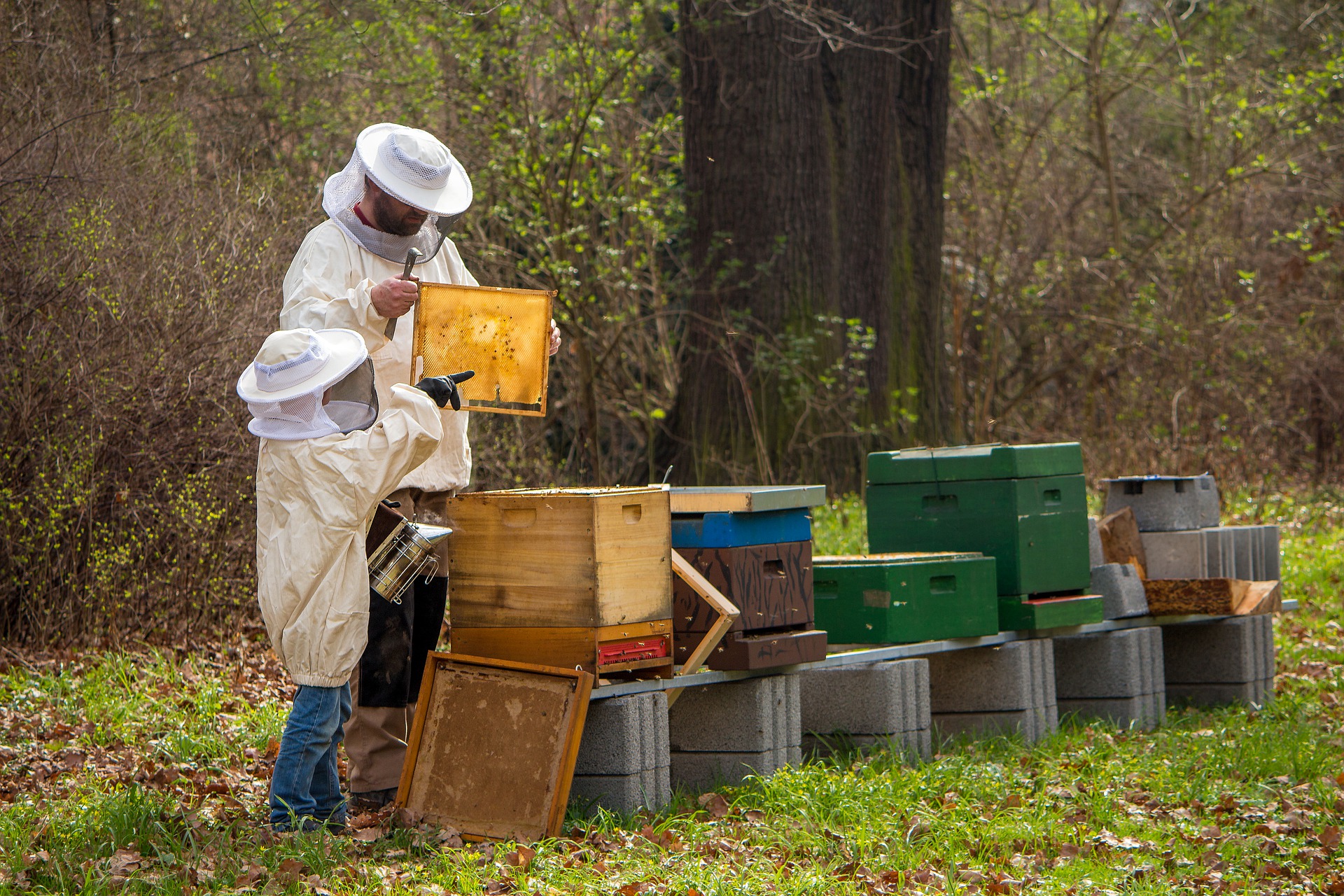
The program will include 14 support areas with a total annual budget of more than HUF 3 billion.Continue reading
Although not yet well known, the so-called Community Supported Agriculture (CSA) model has emerged and is spreading in Hungary, Világgazdaság writes. The idea behind this model is to link consumers directly with farmers. In this way, farmers secure the market in advance, while consumers get local produce quickly, safely, and usually at a lower price, and sustainability is also ensured.
Sustainability has also become a key issue in the food supply and the search for solutions to reduce food waste. This is the aim of the CSA model, which is gaining ground in Western Europe and the Americas. The model allows farmers to build direct relationships with consumers and get immediate feedback on their products.
It is sustainable and reduces food waste, and by bypassing wholesalers and retailers, it gives farmers more income, while typically offering consumers better prices faster and better quality compared to stores.
Examples of such schemes include the French AMAP (Association pour le Maintien d’une Agriculture Paysanne), the German Solidarische Landwirtschaft (Solawi), the Brooklyn Grange in New York, and Plan B Organic Farms in Ontario, Canada. While abroad CSA is considered a good business practice, in Hungary it is still in its infancy compared to the average farm size, despite the slow but steady increase in good examples of how community financing can give small farms a stable foothold.
MyFarm, a local pioneer launched in 2019, currently delivers chemical-free fruit and vegetable boxes from five gardens across the country, serving more than 500 customers last year. Birsbirtok‘s fruit harvesting project is also growing in popularity. Birsbirtok has the largest quince orchard in Tolna County, covering 4.3 hectares. They offered 2,200 quince trees in advance to those who could not have their own garden but wanted to obtain healthy food at a much lower price from a reliable source for their autumn preserves. Subscribers thus received more than three tons of produce directly from Birsbirtok.
This makes production more predictable for farmers and customers know exactly who produces, where, and how what they put on their table,”
said Dóra Matus, owner of Birsbirtok, who shared her views on the community-supported farming model with Világgazdaság.

Photo: Facebook/Birsbirtok
TriflaFarm, an oak plantation of 6,500 saplings established in 2014, in the southern foothills of the Gerecse mountains (northwestern Hungary), where customers could adopt truffle trees under the farm-to-table concept, ran a similarly successful campaign. The short supply chain has minimized the ecological footprint of the farm, while making revenues more predictable.
The MyWine winery in the wine-growing region of Tokaj – where customers can adopt a vineyard in exchange for one or more bottles of Tokaj wine – and the Frei Apiculture in Harta (southern Hungary) have adopted the same concept.
Via Világgazdaság, Featured image: Facebook/MyFarm